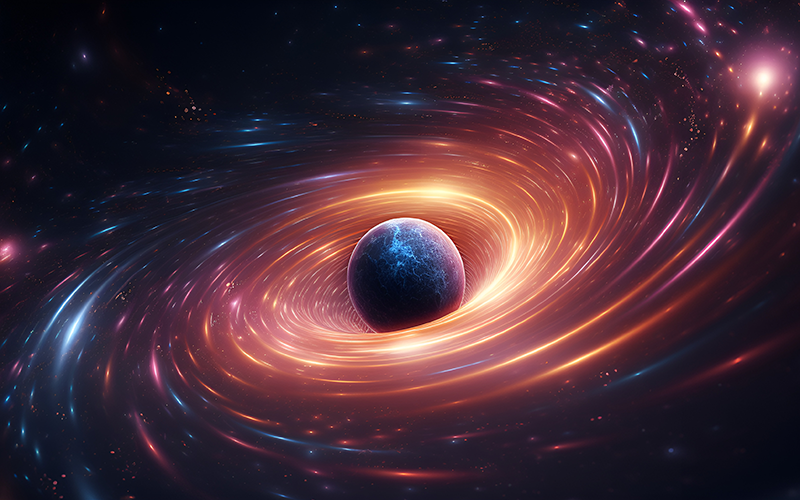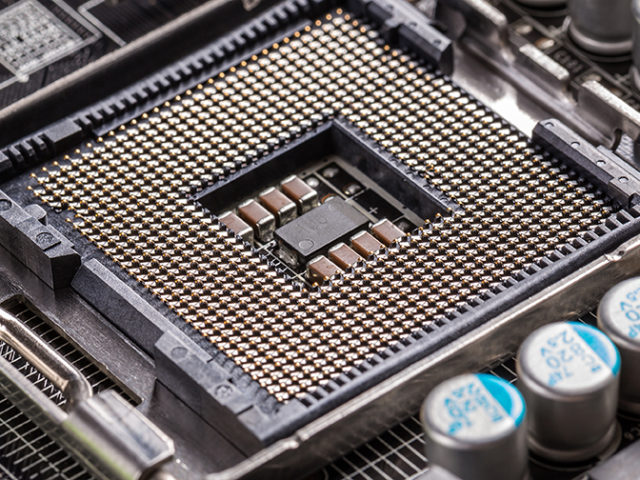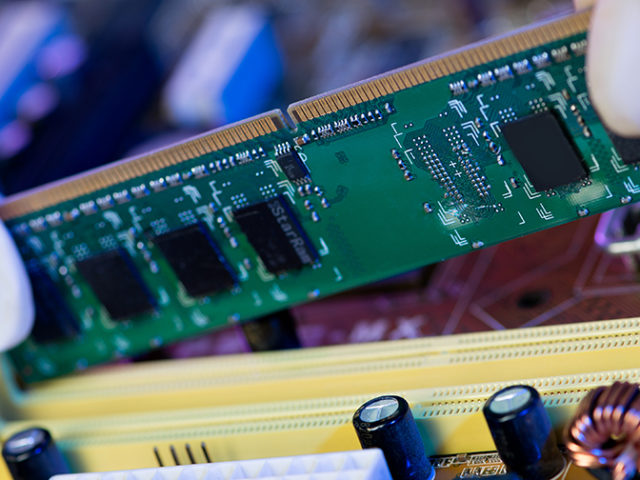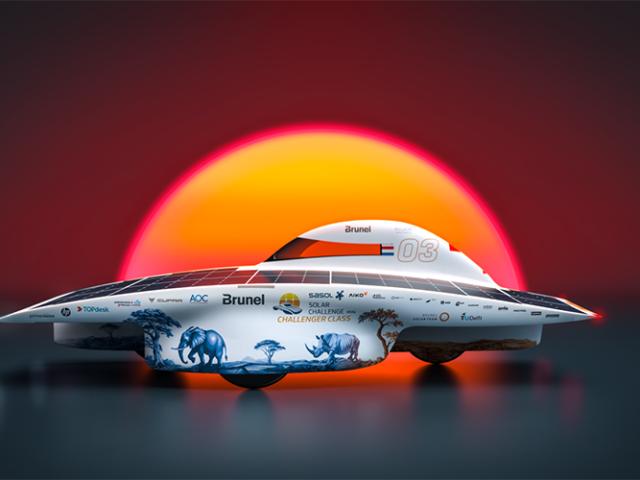UK universities are poised to play a pivotal role in the development of the next wave of gravitational wave detectors, enabling astronomers to explore the farthest reaches of the universe.
Led by the University of Glasgow, a consortium of seven British universities has received £7m from the UK Research and Innovation (UKRI) Infrastructure Fund. This fund is instrumental in establishing a long-term infrastructure investment pipeline, providing essential facilities, equipment, and resources for research and innovation.
Over the next three years, the consortium will focus on designing new mirror coatings, data analysis methods, and suspension and seismic isolation systems. These developments are for two upcoming international gravitational wave detector projects: the Cosmic Explorer in the United States and the Einstein Telescope in Europe, both in the early design phase and expected to be operational by the end of the next decade.
Gravitational wave detectors operate by measuring minuscule variations in the distance between mirrors, caused by gravitational waves resulting from massive astronomical events like black hole collisions. These waves, faint ripples in spacetime, are detected using lasers bounced between mirrors in long, L-shaped pipes.
Analysis of data from these waves can reveal detailed information about their cosmic origins. UK scientists, funded by the Science and Technologies Facilities Council (STFC), part of UKRI, have a long history in this field. They have contributed significantly to the current generation of gravitational wave observatories, including LIGO in the United States, Virgo in Italy, and KAGRA in Japan.
LIGO’s historic first detection of gravitational waves in 2015 marked the advent of a new astronomy field, using spacetime vibrations for insights, rather than relying solely on the electromagnetic spectrum. Since 2015, over 100 pairs of colliding black holes have been detected.
The next-generation detectors are set to be even more ambitious, featuring larger and heavier mirrors, placed up to 40km apart. These advancements will enable the detection of signals from the universe’s edge.
The UK consortium, comprising the universities of Birmingham, Cardiff, Glasgow, Portsmouth, Southampton, Strathclyde, and the West of Scotland, will shed new light on black hole formation, neutron star behaviour, and previously undetectable gravitational waves.
Professor Sheila Rowan, Director of the University of Glasgow’s Institute for Gravitational Research, and lead investigator on the project, said: “I’m excited to be continuing our work with the STFC and partners across the UK to develop key components of the next generation of gravitational wave observatories, which have the potential to revolutionise our understanding of the universe.
“We’ve learned a vast amount from LIGO, Virgo and KAGRA already, and we’re currently partway through our fourth major observing run which is bringing us, on average, several new detections a week. The next-generation could deliver a leap from hundreds of detections a year to hundreds of thousands – a vast treasure trove of new information which brings with it new challenges in processing the data which we’ll be working to help solve in the years to come.
“We’ll also be working closely with colleagues to create new coatings and techniques for suspensions for the detector mirrors, which need to be considerably more isolated from outside interference than before in order to make these more sensitive detections possible.
“There are challenges for us to tackle but here in the UK, we have a huge amount of experience from our work designing, building, and refining the hardware and software at the heart of today’s gravitational wave detectors. We’re looking forward to getting started on assembling the detectors of tomorrow.”
Deputy Principal Investigator on the project, Alberto Vecchio, Professor of Astrophysics, and the Director of the Institute for Gravitational Wave Astronomy at the University of Birmingham, said: “I am delighted to be working on this new project.
“This is the very first step into the realisation of powerful gravitational-wave observatories that, once in operation, will take us on breathtaking journeys throughout the universe, discovering many new phenomena.
“It is wonderful to be working alongside STFC, colleagues at institutions across the UK and our partners around the world to make these new fantastic instruments a reality.”
Professor Mark Thomson, Executive Chair of the Science and Technology Facilities Council (STFC) and UK Research and Innovation (UKRI) Champion for Infrastructure said: “The detection of gravitational waves has been one of the most exciting recent developments in science and has provided us with entirely new way of observing the universe.
“This new UKRI investment will enable UK scientists to play a key role in the international effort to develop the next generation of even more sensitive gravitational wave observatories, which will greatly expand our understanding of the cosmos.”
“The UK has been a key contributor to Initial and Advanced LIGO, and currently the A+ upgrade in the US, and the continued participation of our UK colleagues gives us confidence that our scientific goals can be realised,” said David Shoemaker, Project Manager for the Cosmic Explorer Project. “The unique insights of the UK team in both instrumentation and observational science are important ingredients in realising our shared vision of Cosmic Explorer.”
“The Einstein Telescope project is now completing its preparation phase and moving towards implementation,” said Michele Punturo, spokesperson of the ET Scientific Collaboration. “The precious contribution of our UK colleagues, now supported by this grant, strengthens the ET collaboration and gives us confidence that ET’s ambitious goals will be achieved.”




